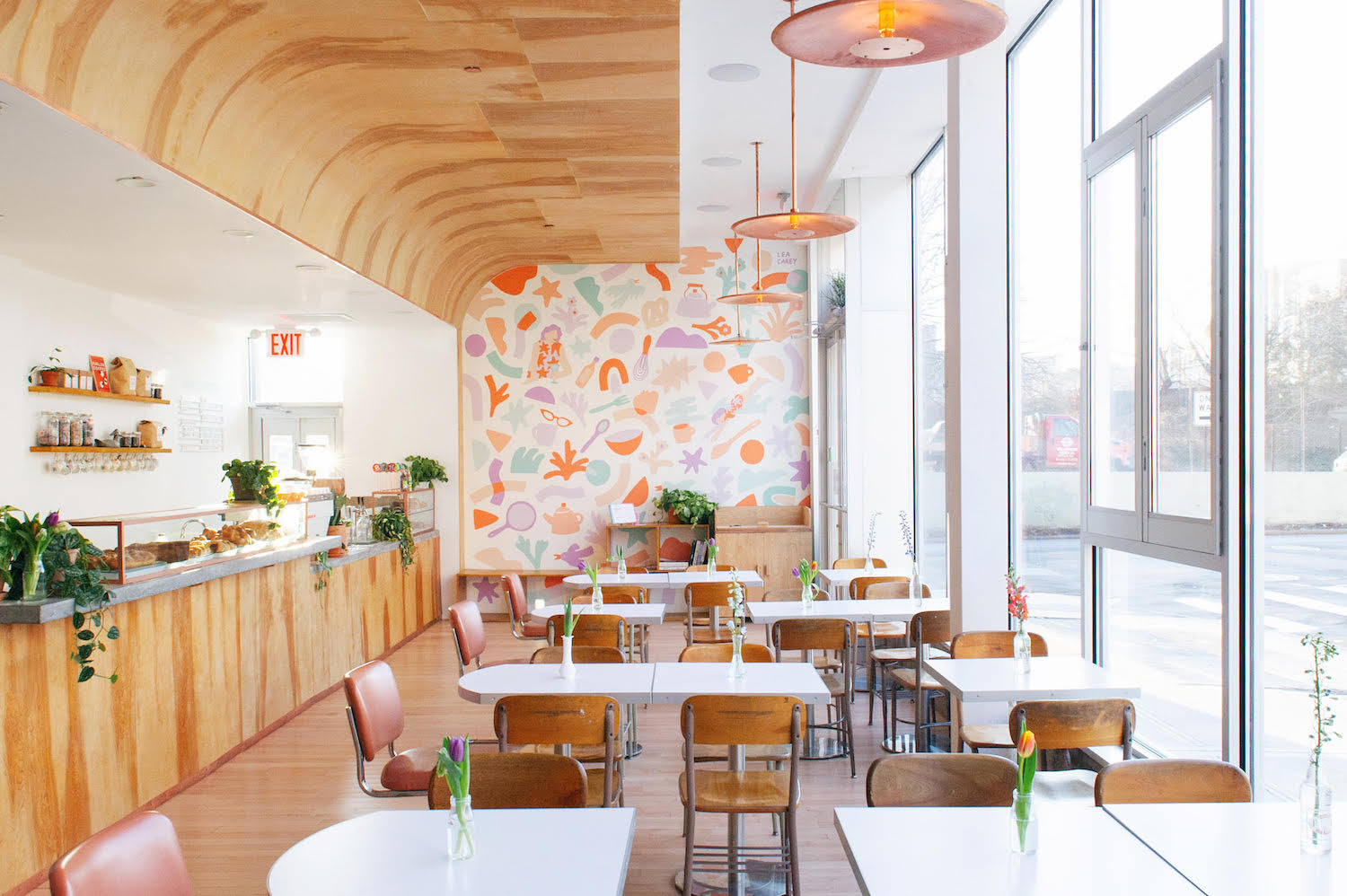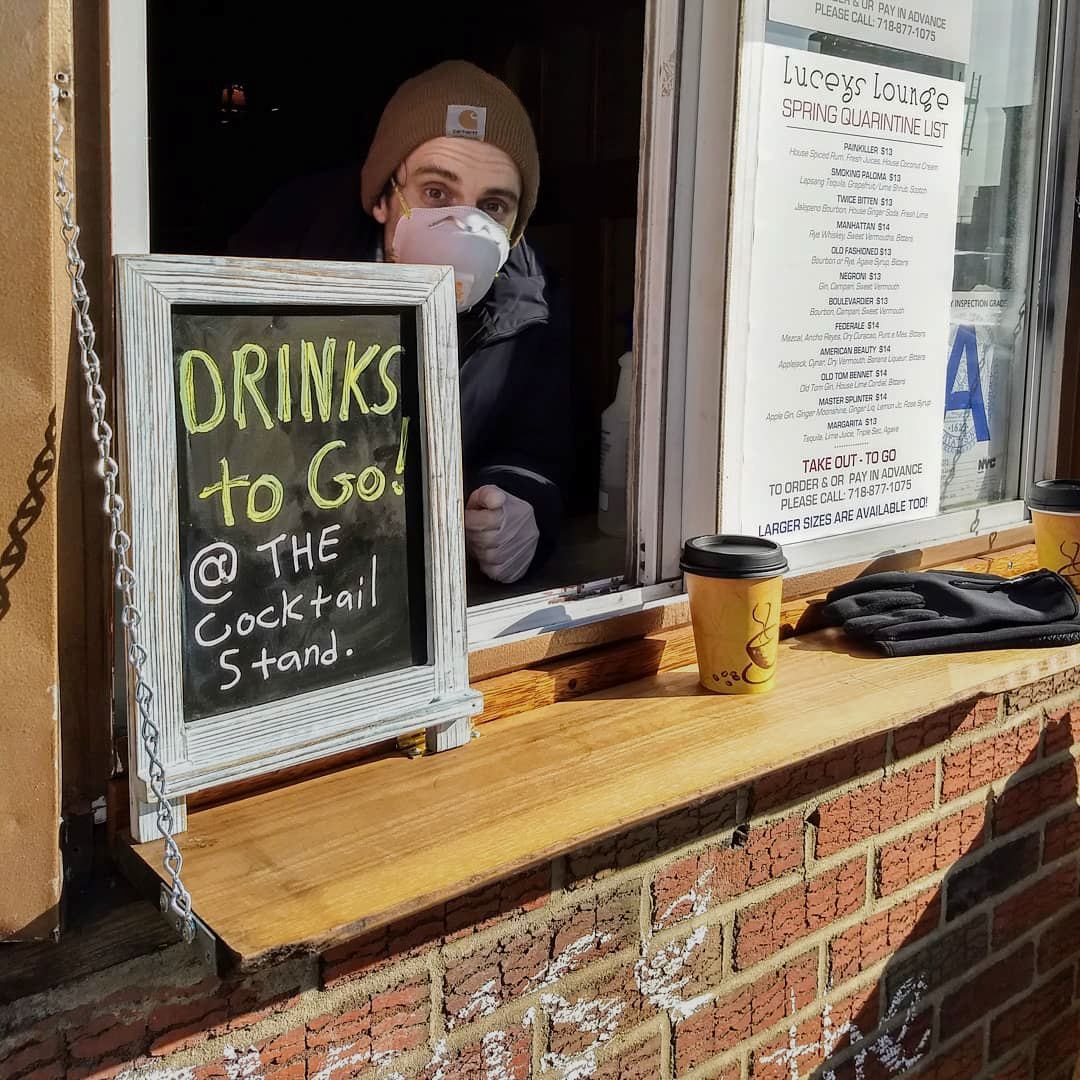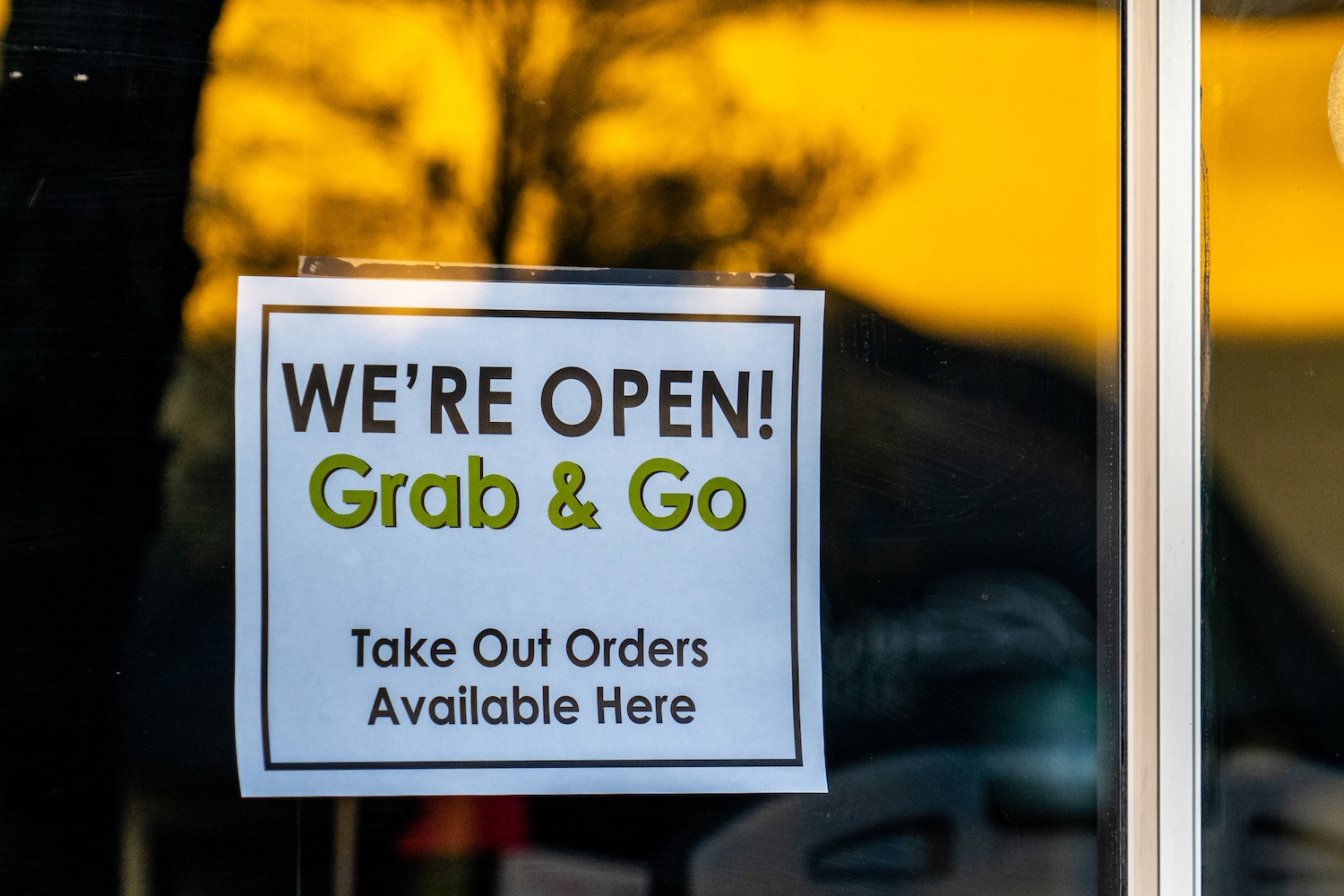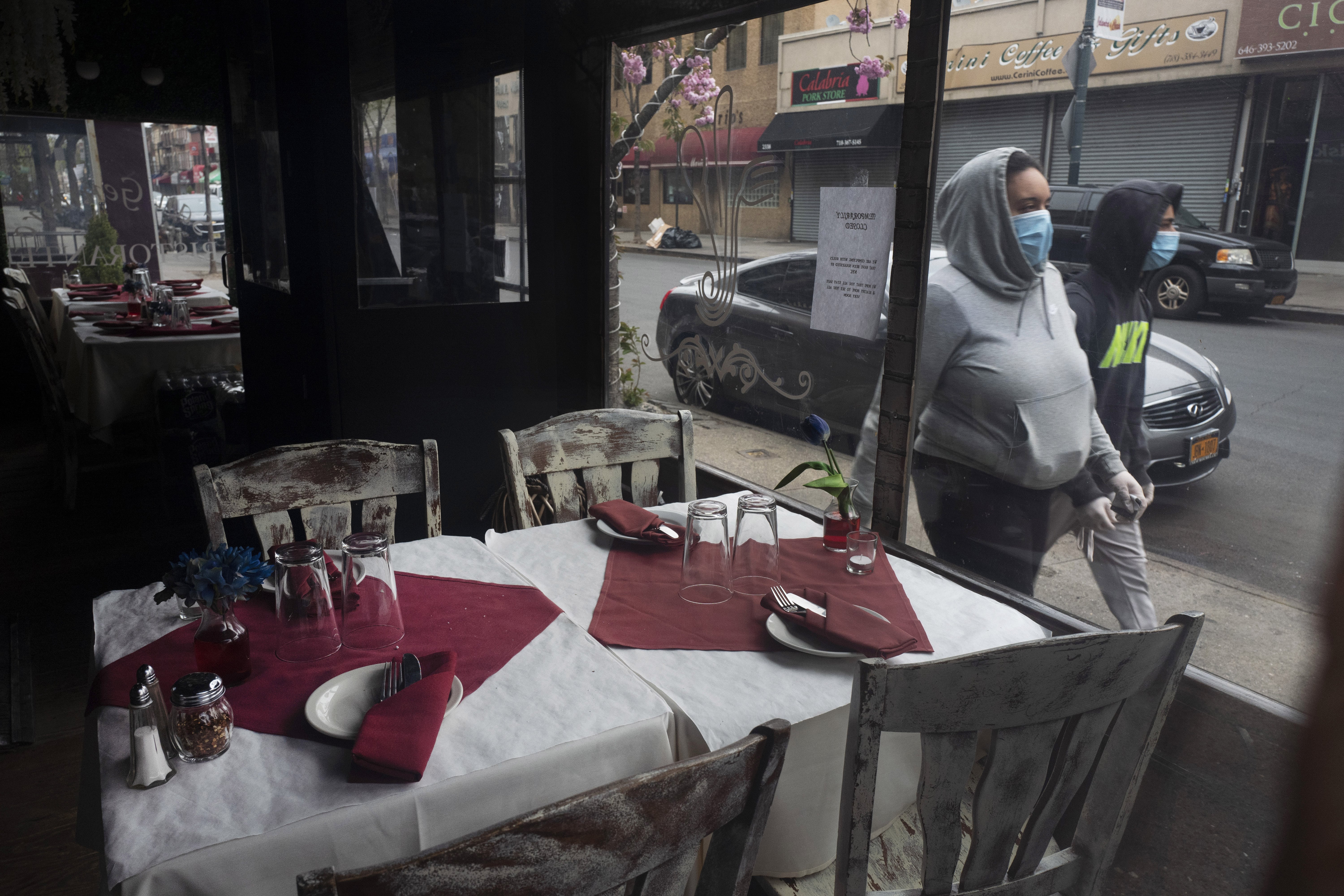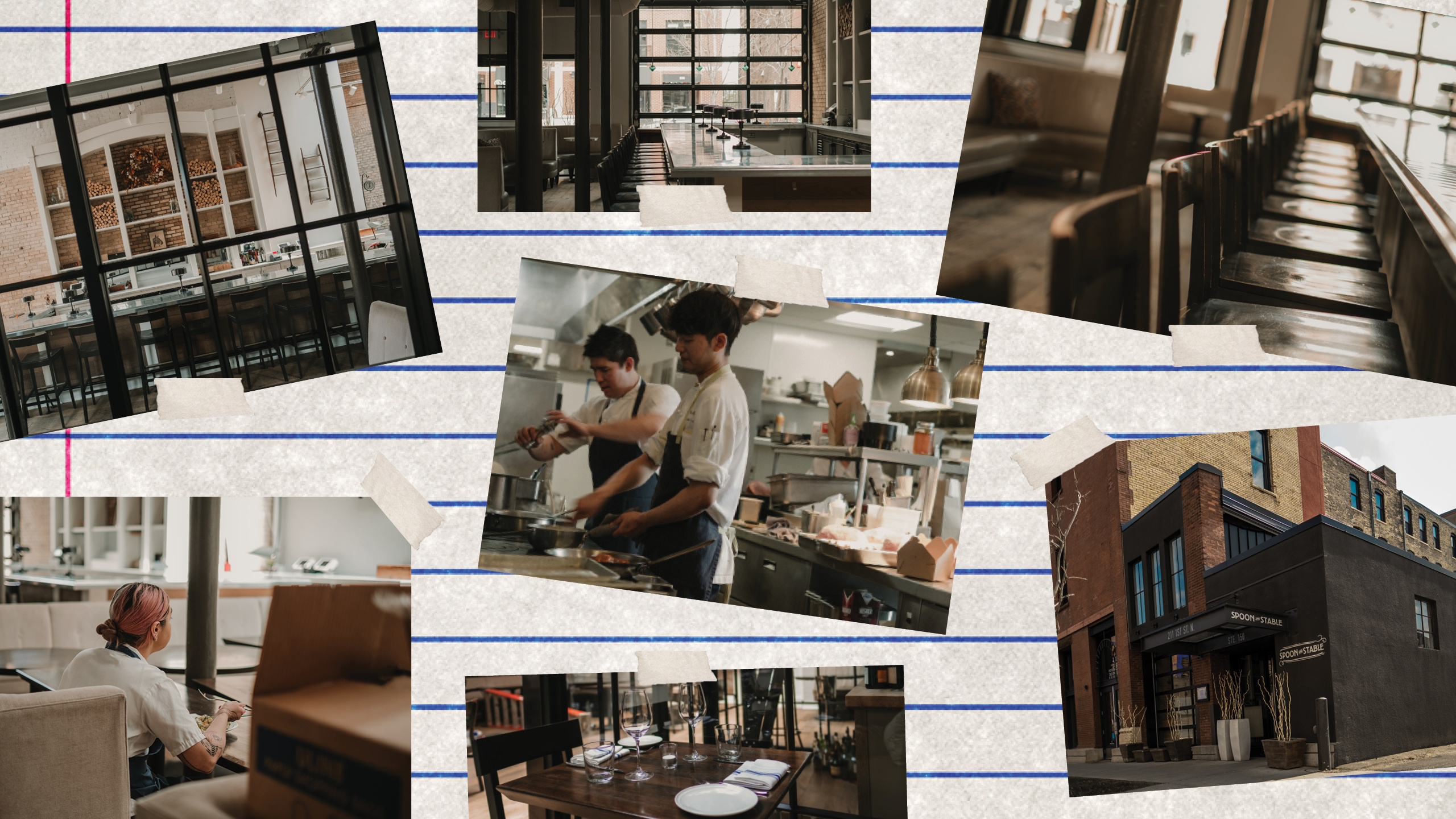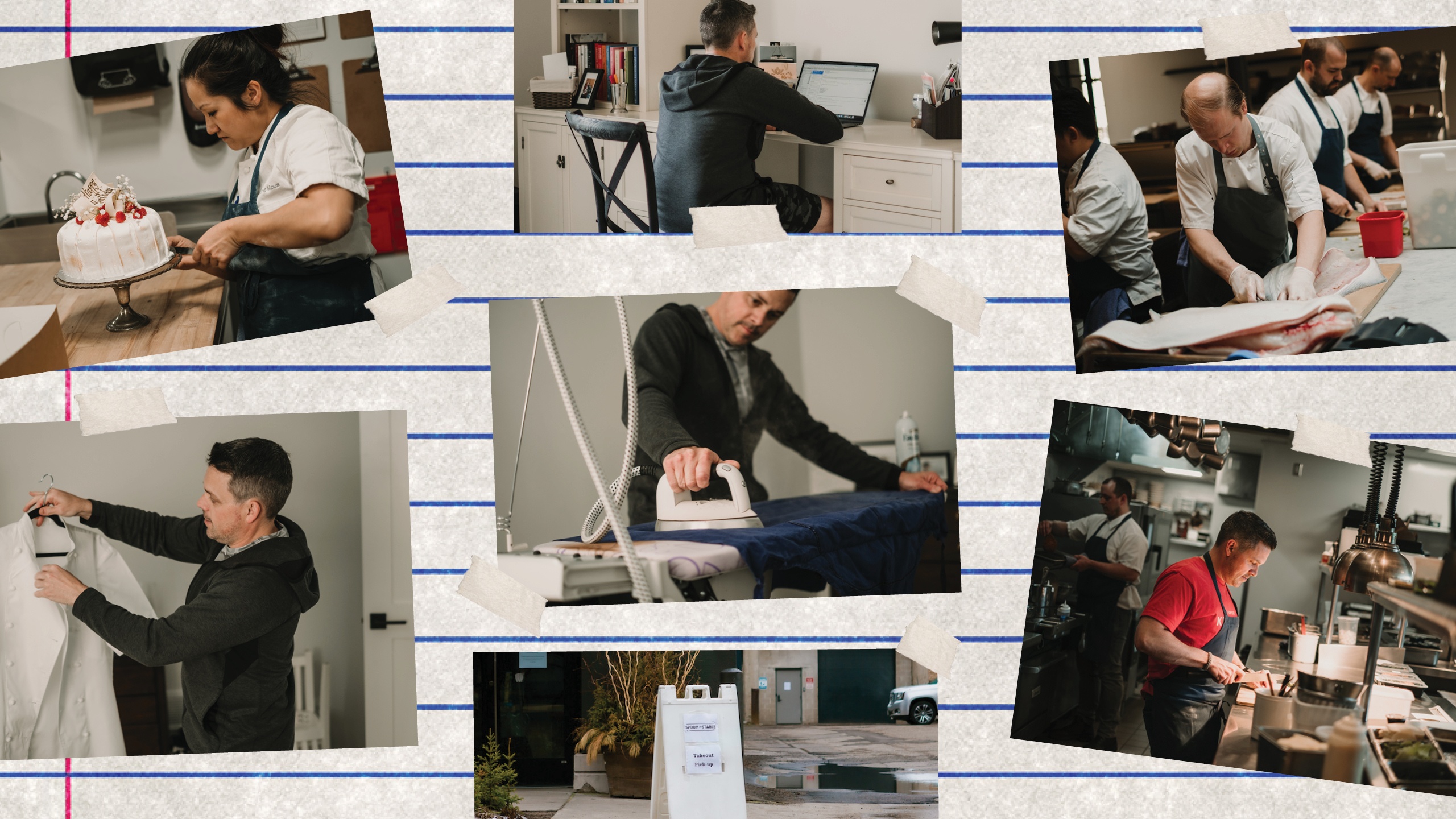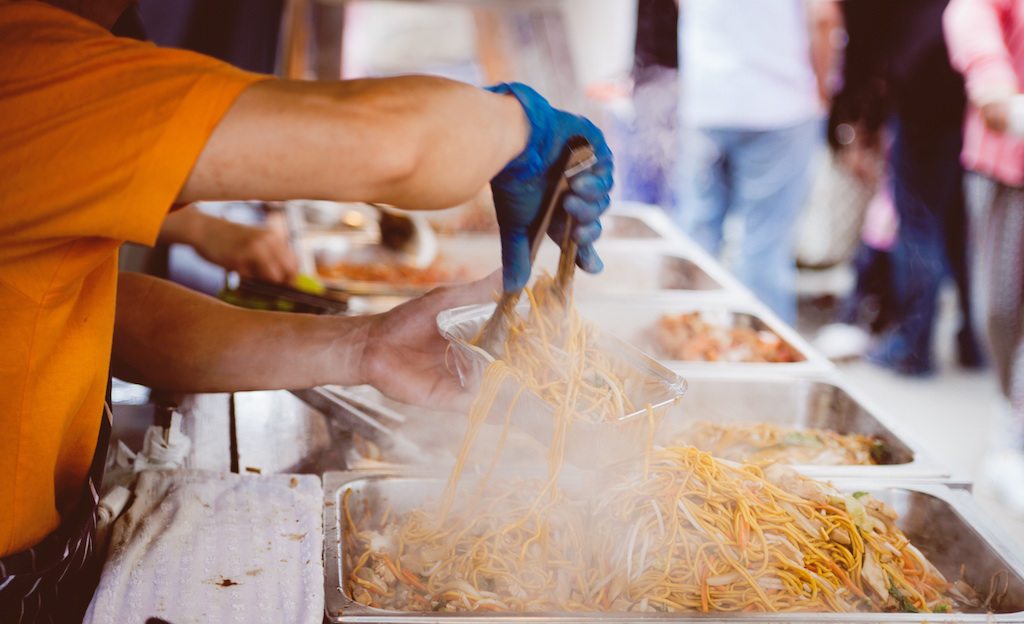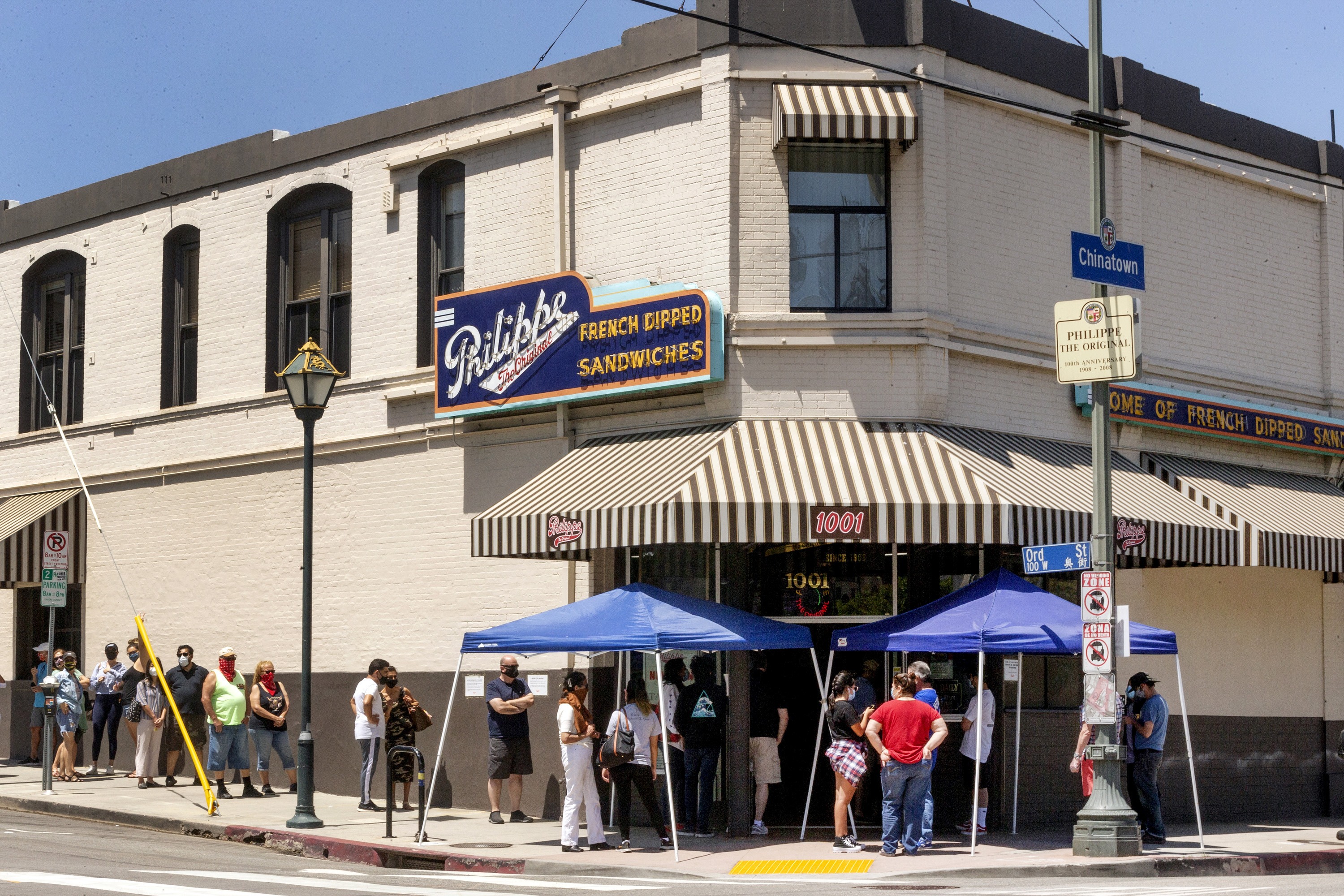
AP Photo/Damian Dovarganes
Though rejected by the White House, the guidelines paint a picture of a dramatically different dining experience.
On Thursday, the New York Times reported that the Trump administration had rejected detailed reopening guidelines for parts of the economy put forth by the Centers for Disease Control and Prevention (CDC) because they were “overly prescriptive.”
Regardless, the draft guidelines offer a potential roadmap for the eventual reopening of bars and restaurants. We’re likely to see some of these ideas echoed in state and local regulations as government officials prepare to gradually ease restrictions on gathering in public spaces. We’ve summarized some of the key takeaways below, and you can read the full document here.
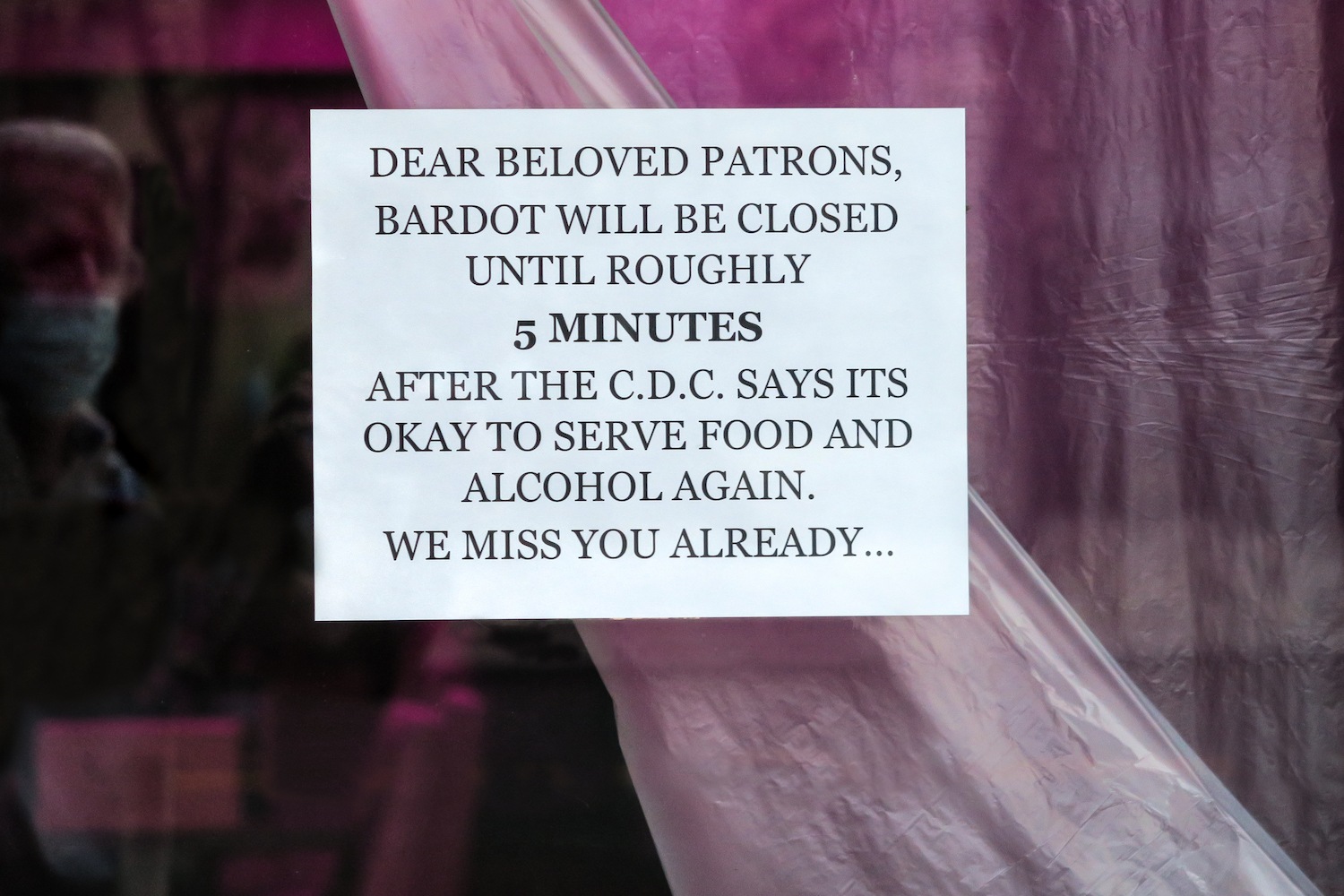
If CDC guidelines translate into local regulations, restaurants would also be required to get rid of self-serve areas like salad bars, buffets, and drink stations.
In the guidelines, the agency envisions three phases for reopening, with restrictions easing a little bit each time. In Phase 1, bars would remain closed while restaurant service would be limited to takeout, curbside pickup, and delivery. In Phase 2, bars could open with limited capacity, and restaurants could open dining rooms with redesigned floor plans that facilitated social distancing. In Phase 3, bars and restaurants could both operate, as long as they could maintain social distancing. The leaked draft does not include criteria for ending one phase and beginning the next, but some reporting indicates new phases may begin when the number of new Covid-19 cases trend downward for 14 days straight.
In all three phases, the agency recommends dramatic changes to the status quo. On top of strict sanitation practices, the guidelines suggest that restaurants use disposable dishes and utensils whenever possible, and that employees wear masks when interacting with diners. It also recommends that restaurants adopt digital or disposable menus, and that customers use contactless payment options whenever possible. Should the guidelines ultimately translate into local regulations, restaurants would also be required to get rid of self-serve areas like salad bars, buffets, and drink stations.
Phase 1 looks very similar to the way many restaurants are already operating in many places. The agency recommends that restaurants that are open for drive-through, delivery, and pickup provide physical guides to ensure distancing for customers arriving for pickup, and that they consider asking customers to remain in their cars while waiting to pick up food. It also recommends that restaurants restrict the number of employees working in kitchens so that cooks can maintain a six-foot distance from one another. Sneeze guards would be installed at all cash registers.
If an employee gets sick, the agency recommends that everyone avoid the area where the infected person was working for at least 24 hours before cleaning and disinfecting it.
During Phase 2, restaurants that reopen their dining rooms would need to reduce tables and limit the size of dining parties in order to maintain six feet between tables and bar stools. During this phase, the CDC recommends restaurants prioritize outdoor seating “as much as possible.” Customers would be asked to wait in their cars or away from the premises while their tables are being prepared. Restaurants would be encouraged to consider offering diners the option of ordering their meals in advance in order to reduce time spent on premises. As in Phase 1, restaurants would be asked to limit kitchen staff to maintain social distancing.
Phase 3 looks a lot like Phase 2, though the language around reduced-occupancy requirements is a little looser: Restaurants would be asked to consider limiting the size of parties to ensure customers remain six feet apart. The recommendations that diners be alerted by phone when their table is ready and be offered the option to order ahead would remain in place.
In all phases, if an employee gets sick, the agency recommends that everyone avoid the area where the infected person was working for at least 24 hours before cleaning and disinfecting it. Restaurants are advised to be prepared to close at the drop of a hat if infection rates increase in their area, or if a case of Covid-19 is reported within their establishment.
The recommendations that diners be alerted by phone when their table is ready and be offered the option to order ahead would remain in place.
It remains to be seen which, if any, of these recommendations will ultimately find their way into local regulations. Taken as a whole, though, they represent a sobering glimpse of the future of restaurant dining. Gone, for now, are the days of pleasantly eavesdropping on the neighboring table’s conversation. Gone, for now, are jam-packed bars and self-serve soda machines. It’s difficult to imagine fine dining with a plastic fork, or a pre-dinner cocktail sipped from the backseat of a car.
The White House intends to offer some revisions to the draft report.

